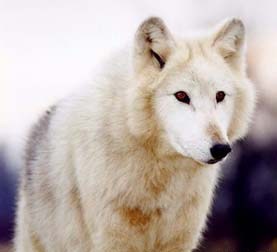
WHAT IS TAGUA?
Tagua - pronounced (TAW-QWAH) - is hand carved and polished into miniature animals and figurines with the look and feel of ivory.
The average Tagua nut measures between 1 and 2 inches, and in a single year one palm can produce up to 20 pounds of nuts.Tagua is from a palm like tree which grows to a height of 20 to 30 feet in several tropical regions of South America.
Chemically they are pure cellulose and before the nut matures has a milky liquid in the center. When ripe the nuts fall to the ground and are gathered and dried from eight to twelve weeks, after which then become extremely hard.
The nut is non toxic and the color varies from white to amber.The taqua nut is close grain and very hard. The cellular structure and grain is similar to that of elephant ivory, but is more dense and resilient.
It resembles the finest ivory in texture and color and is slightly softer than mammal ivory. There are several names for this vegetable ivory nut, but most common is the "Tagua Nut".
Its' similarity to elephant ivory has been known by craftsman for years and is frequently passed as elephant ivory on objects fashioned from it and can be very deceptive.
It being so much like mammal ivory that pieces carved from it are sold at the same price as elephant ivory and in some carvings much more.
For over two hundred years vegetable ivory has been used by ivory carvers in the making of netsuke's, dice, dominoes, and chess pieces. Other uses found were cane and umbrella handles, pipes, mah-jongg tiles, sewing needle cases and the fine art of scrimshaw.
Religious figurines were carved as were many toys. In the late eighteen hundreds up through World War II this ivory nut was used to make some of the finest buttons in the clothing industry.
Ivory carving has flourished for hundreds of years sacrificing elephants, walrus, rhinos and other ivory bearing animals. This is a terrible waste, and has threatened a number of endangered species.
Tagua offers a welcome, moral alternative to ivory trading.
Vegetable Ivory is readily available, a harvestable renewable resource, and looks very similar to actual ivory. It offers third world countries a simple alternative to exploiting their natural resources.

No comments:
Post a Comment